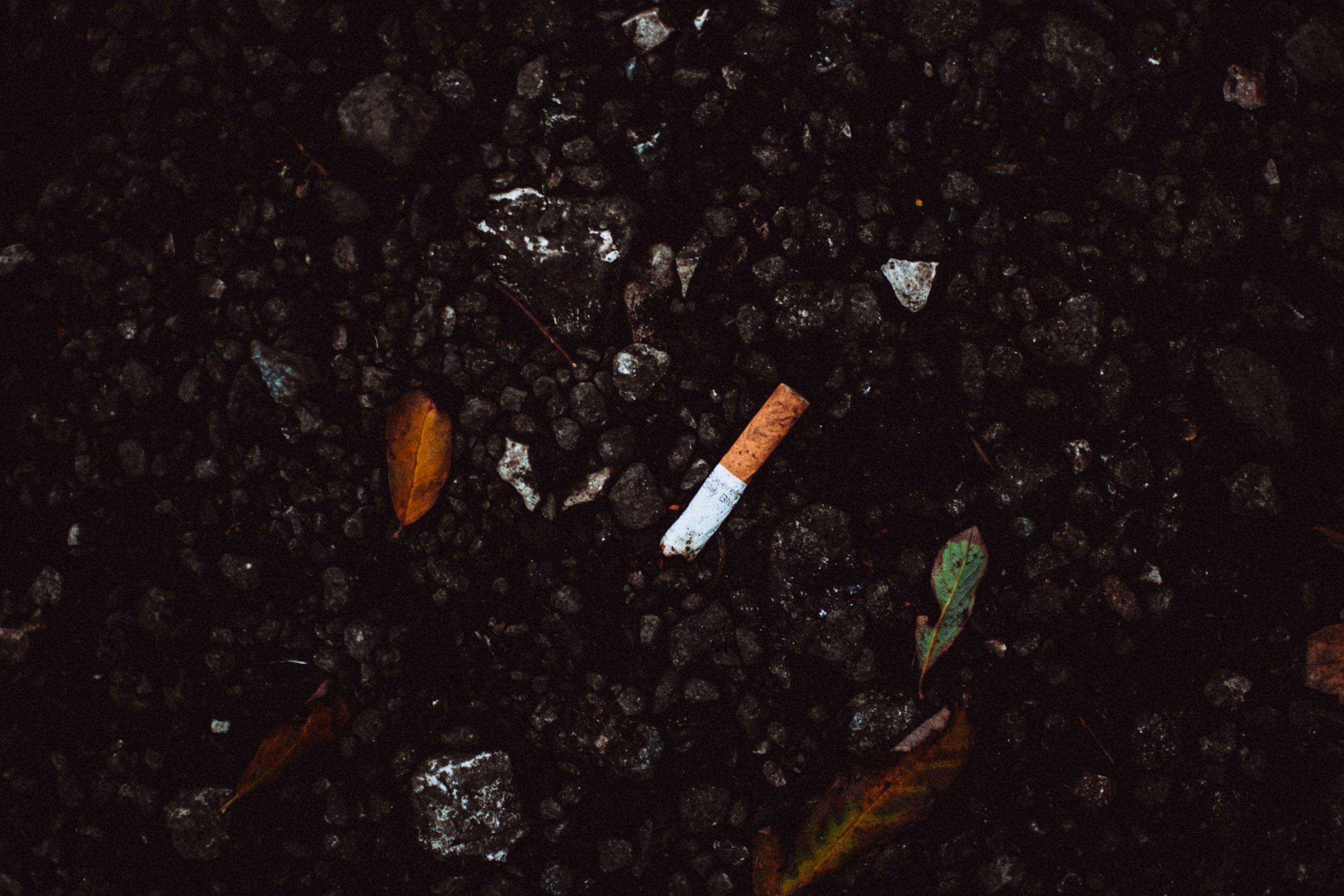Okay begreen, you've gotten me curious again. We have twenty 45W (370 lum) recessed BR30 2600K incandescent floods lighting our great room and kitchen, which my wife and kids are forever leaving on. I must turn them off five times per evening, only to come back thru and find all 20 of them on again, with no one anywhere near. If you're saying I can get good CRI out of a 2700K R30 flood, and also not have to drag the 10' stepladder into the house to change them anymore, I'm game.
Do note that I've tried several LED R/BR/PAR30's and 38's in the past, and they all looked pretty horrendous, but it has been 5 years (April 2018) since I did any experimentation with this. Maybe they've gotten better, in the time since then. The bulbs I was using at the time were all 2700k to 3000k and CRI 90+, which is apparently not high enough.
One issue I'll run into is that damn near every bulb in this house is on a dimmer, most 3-way or 4-way, so I'm going to be upgrading dimmers. But I'd be willing to try at least one of these four circuits comprising 20 bulbs, as a starting point. Might be interesting to tackle one room, leave half the lights as incandescent and make the other half LED, to see how they compare. I'm sitting on an inventory of 25 of those bulbs in incandescent right now, as 20 installed + 5 on the shelf.




 )
)